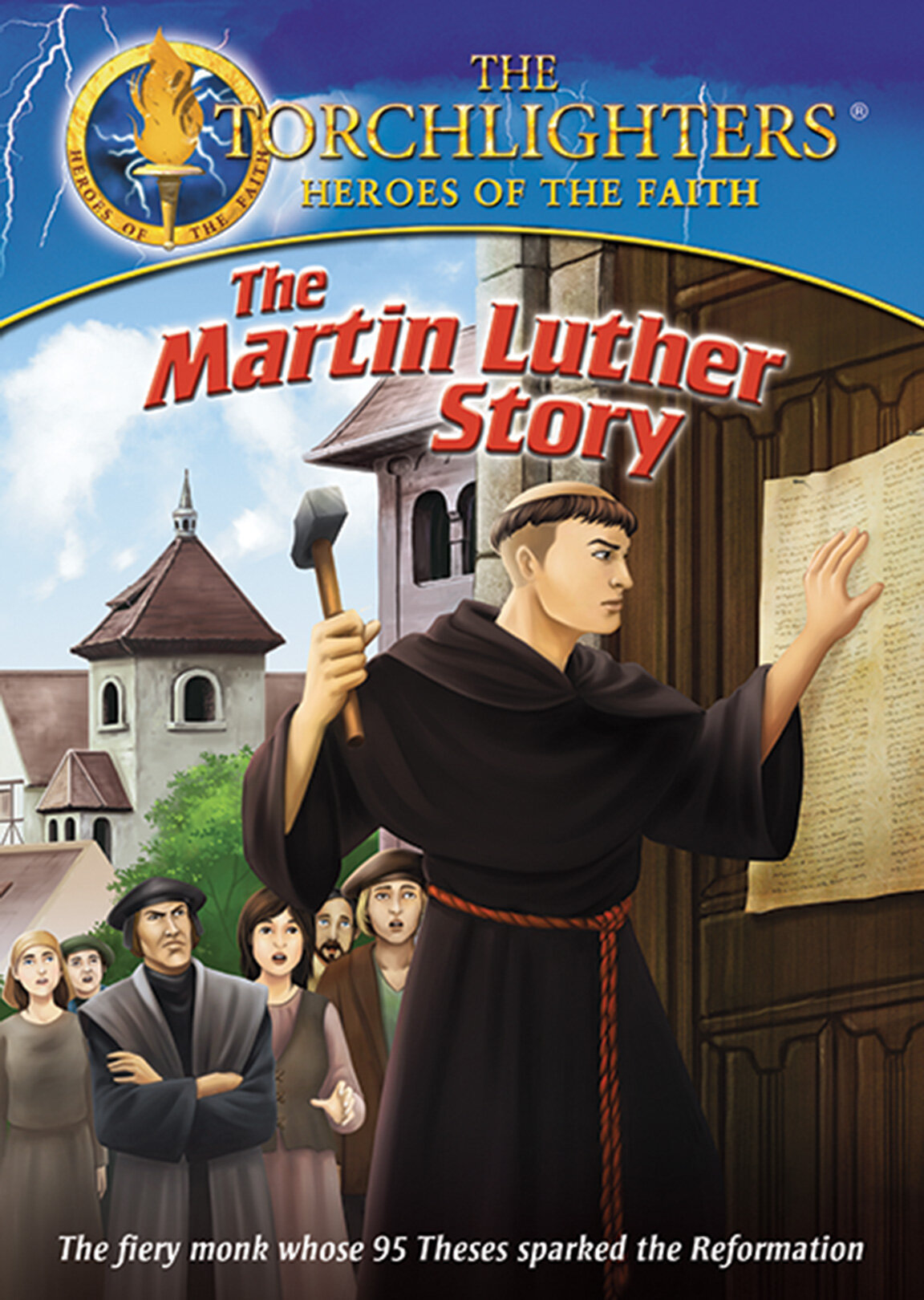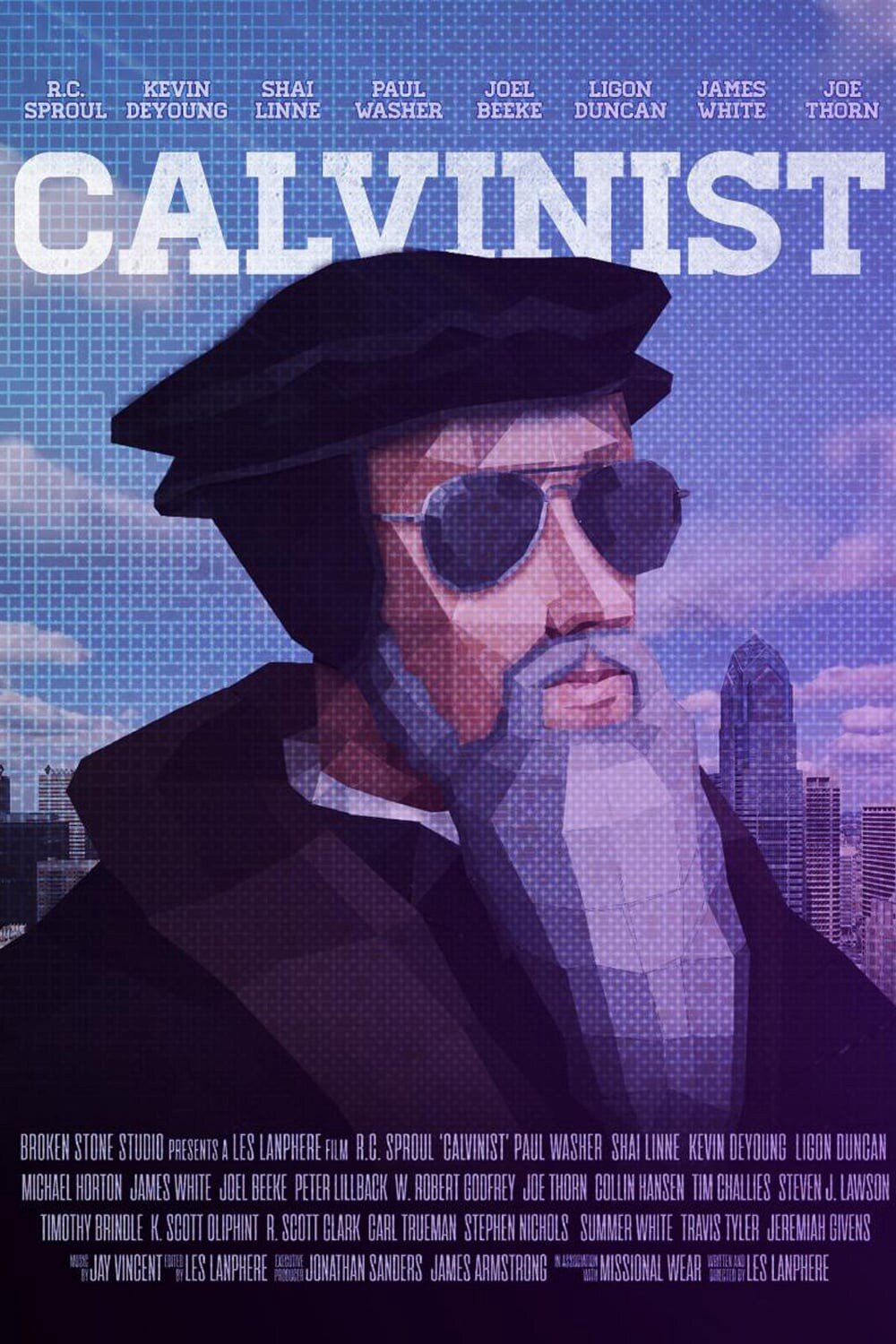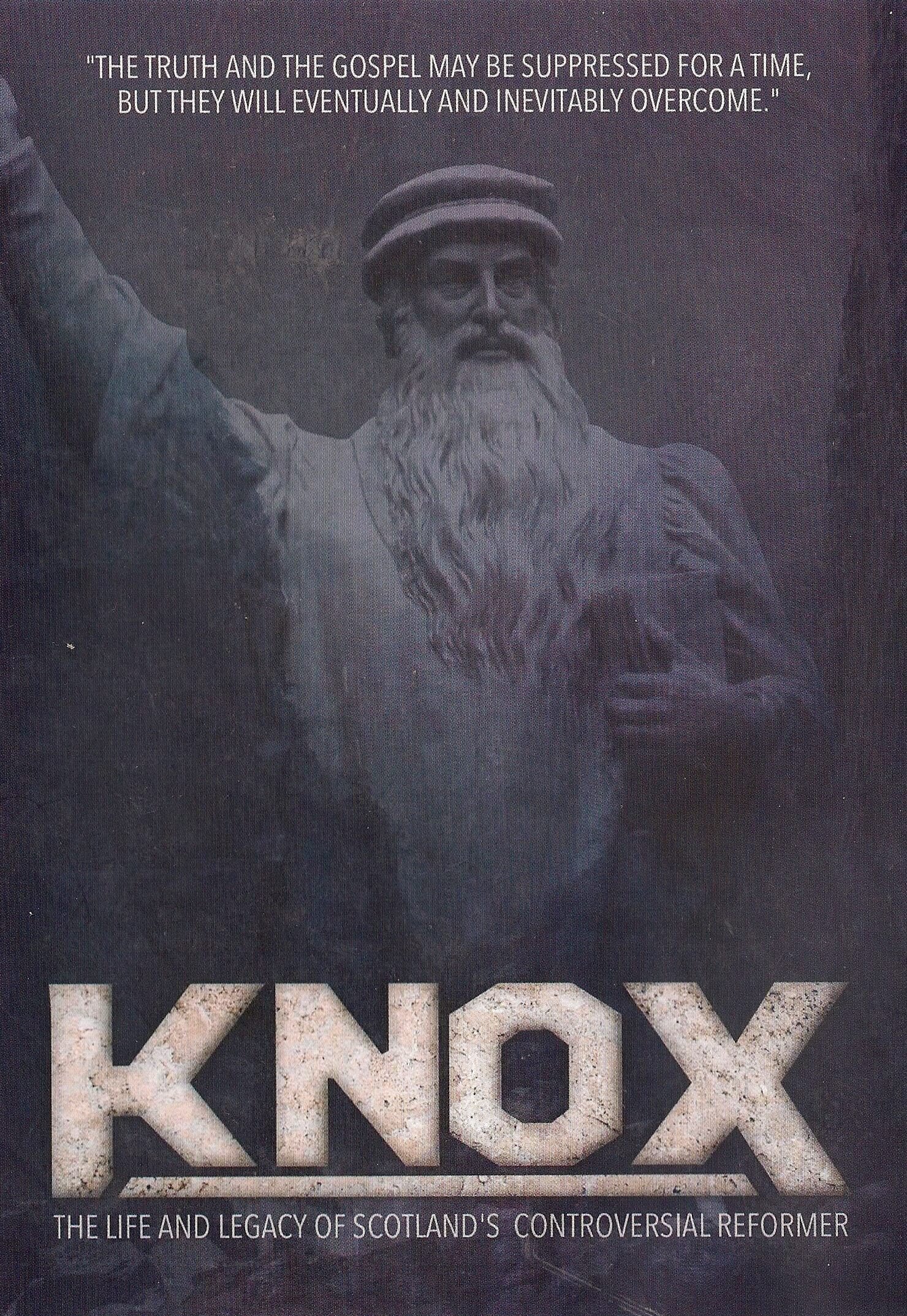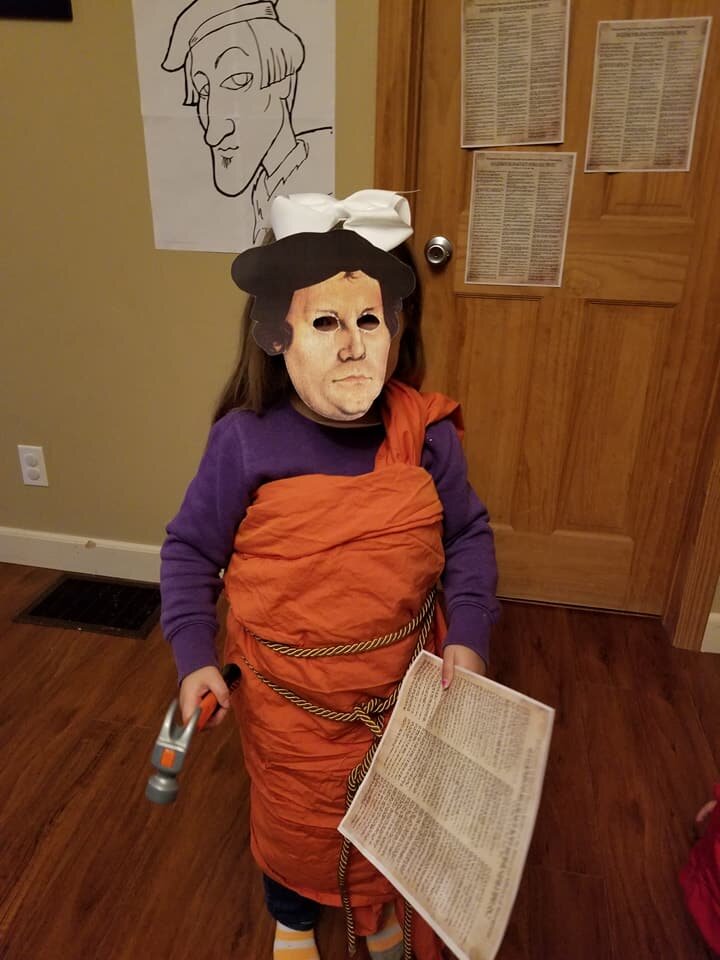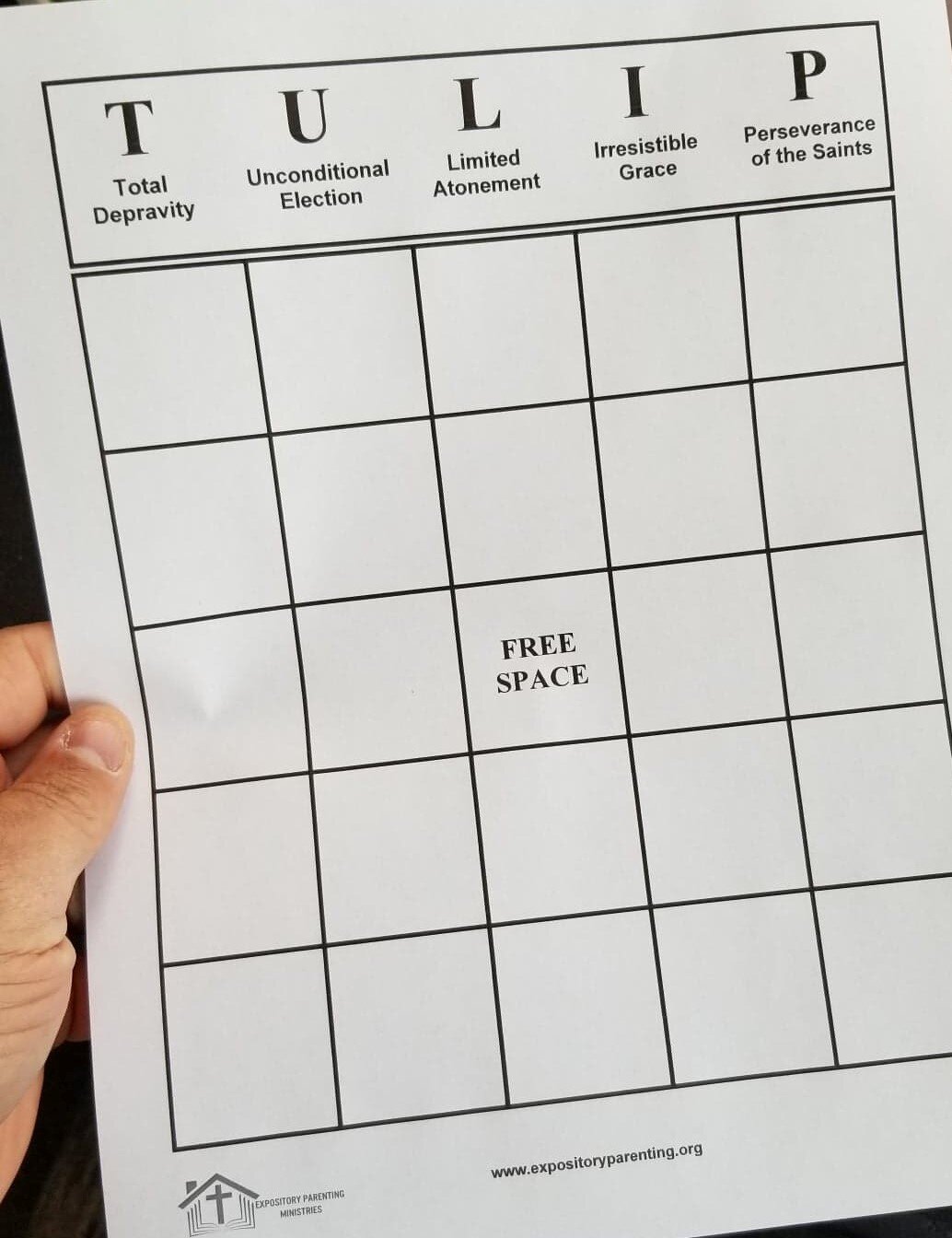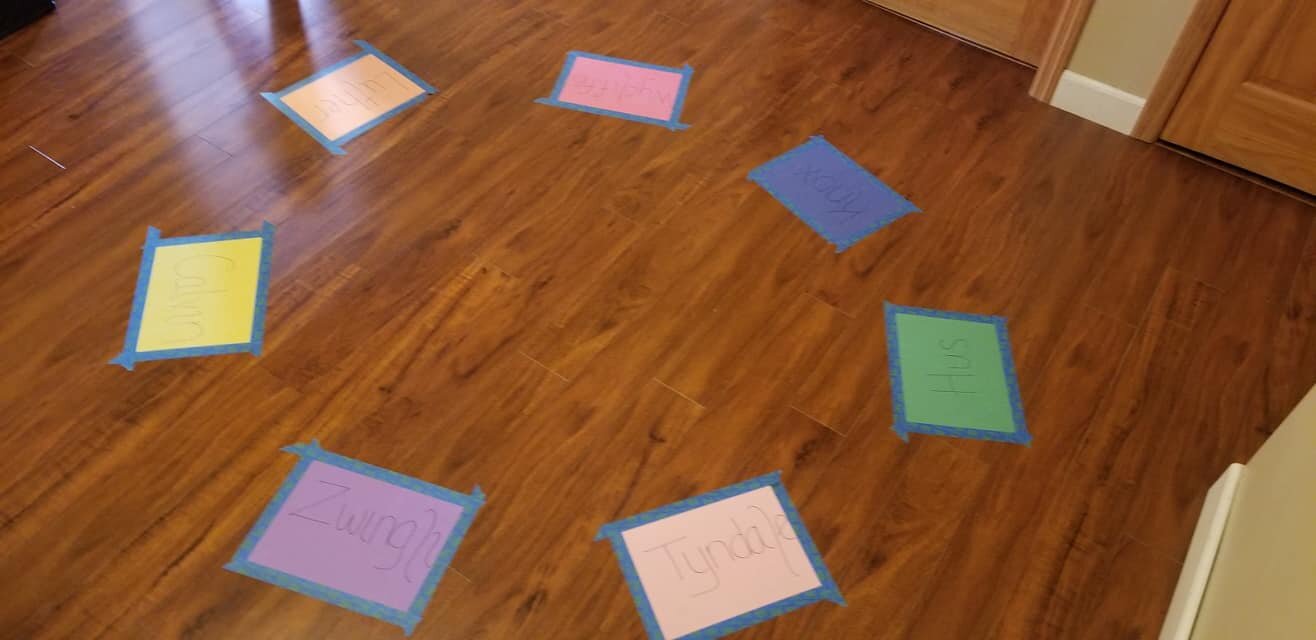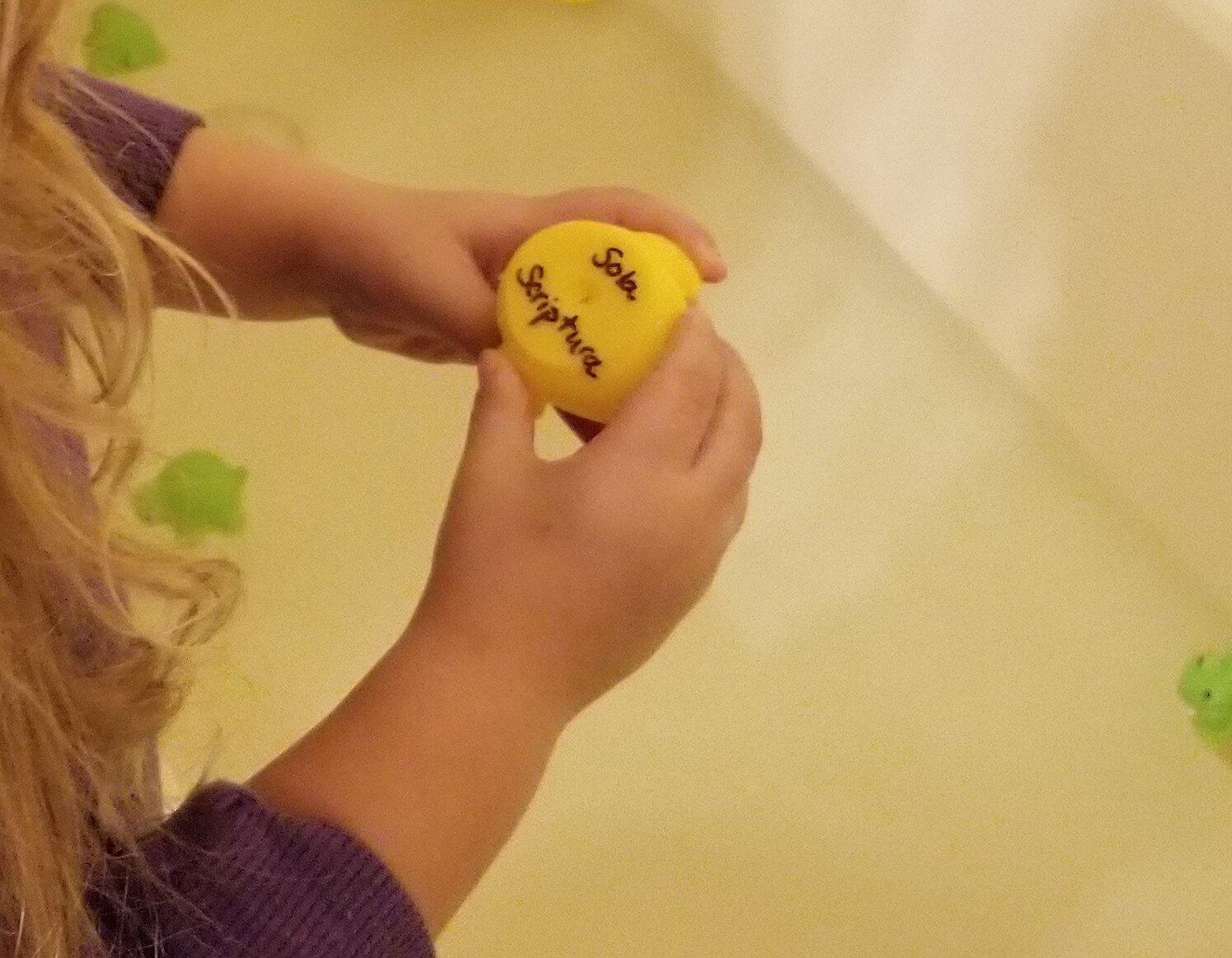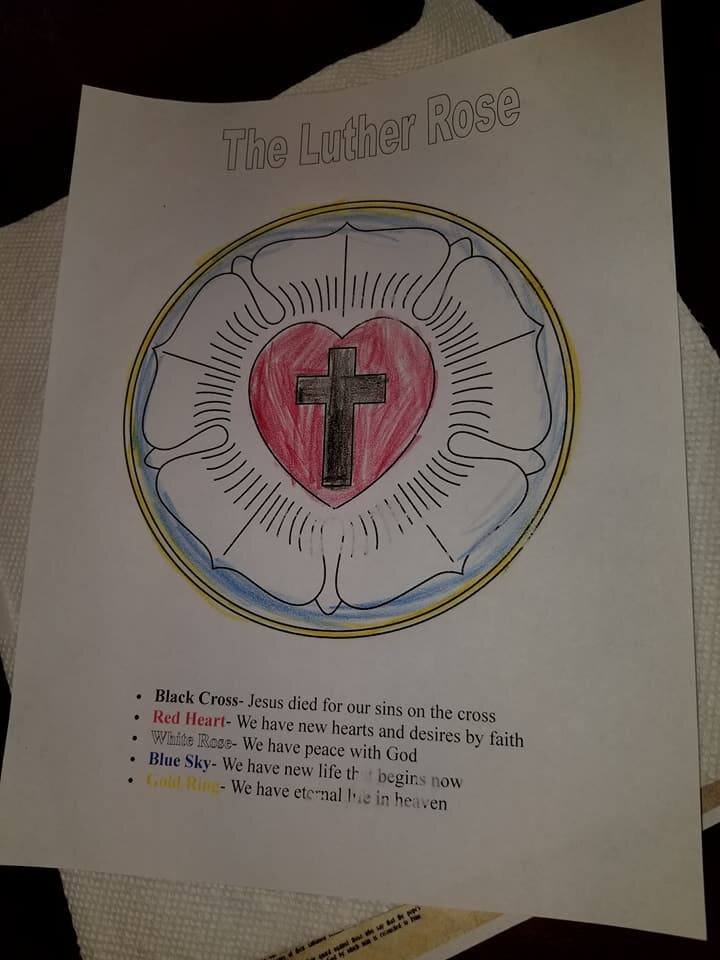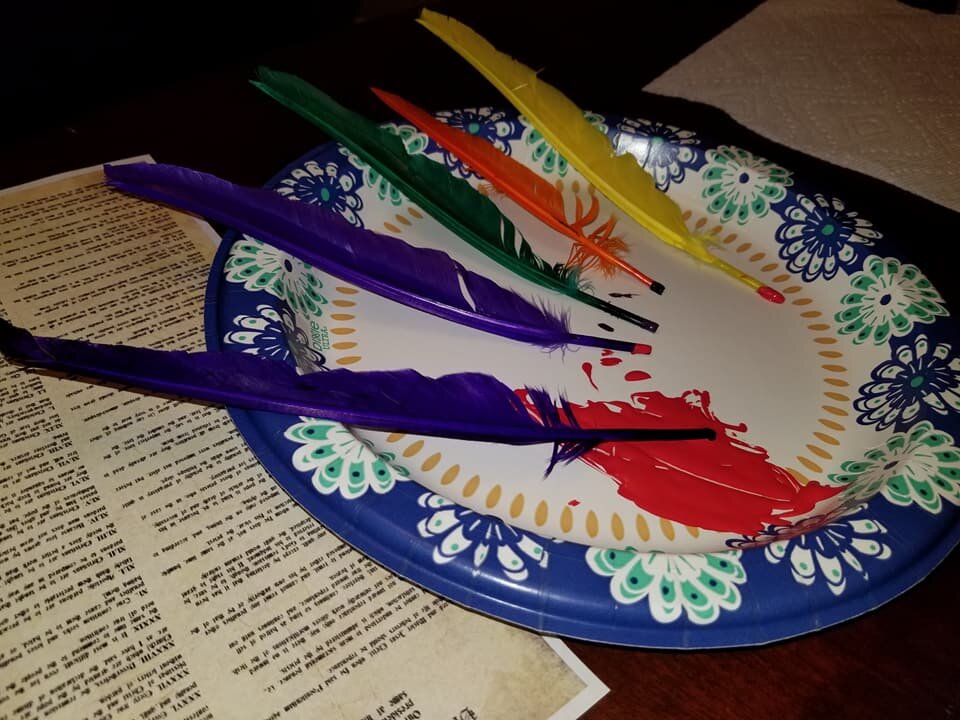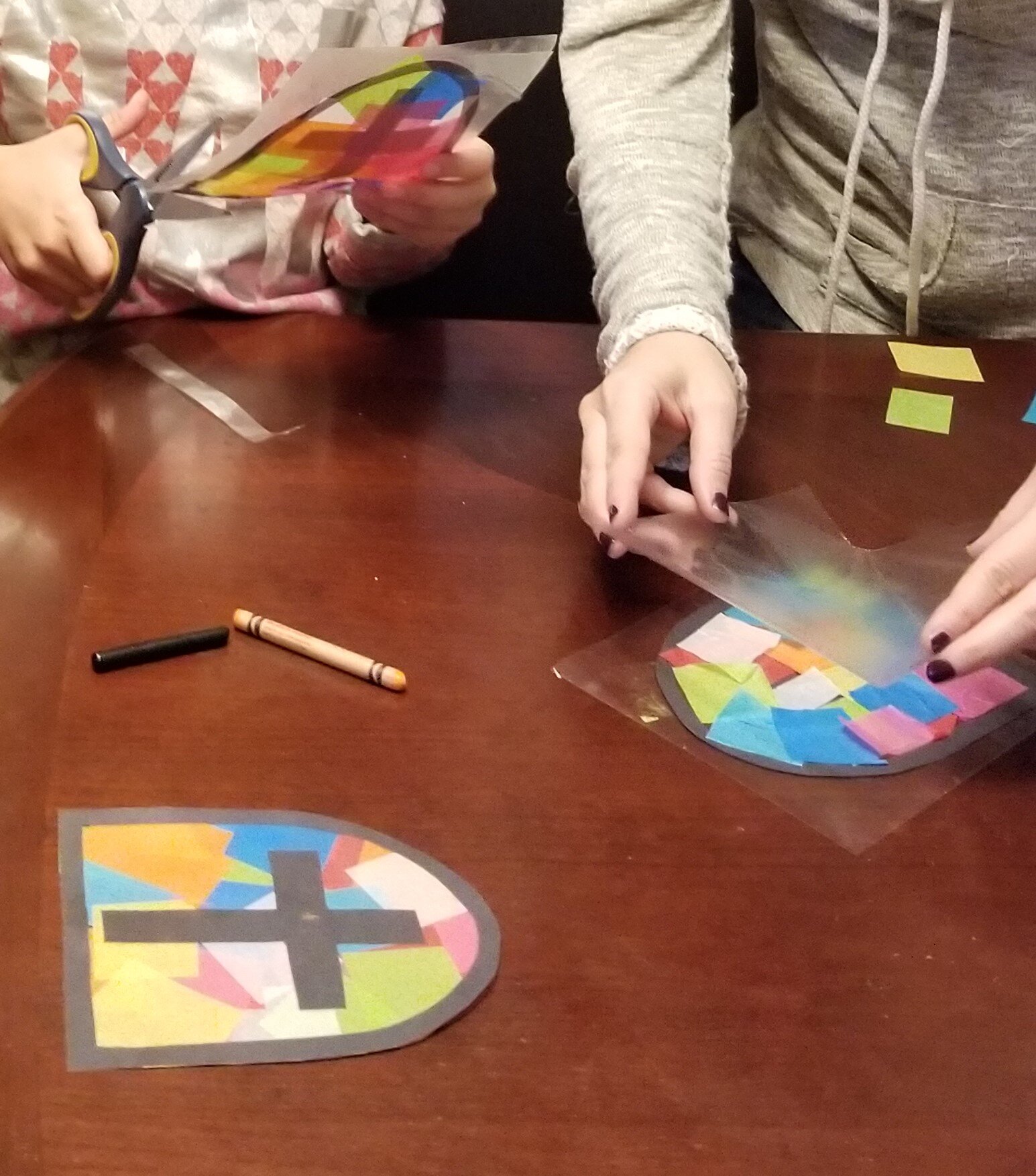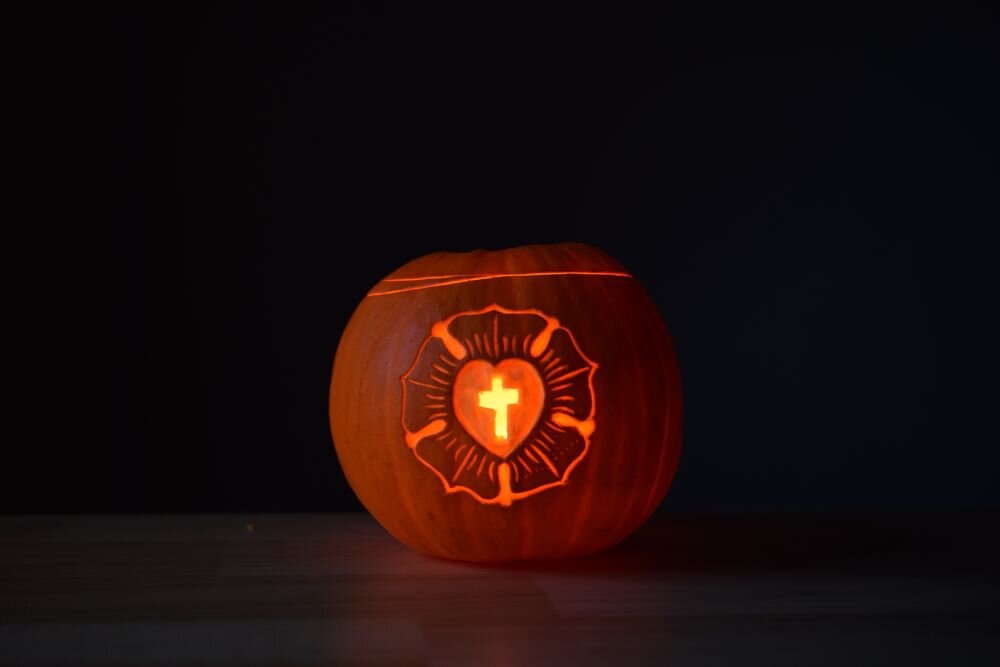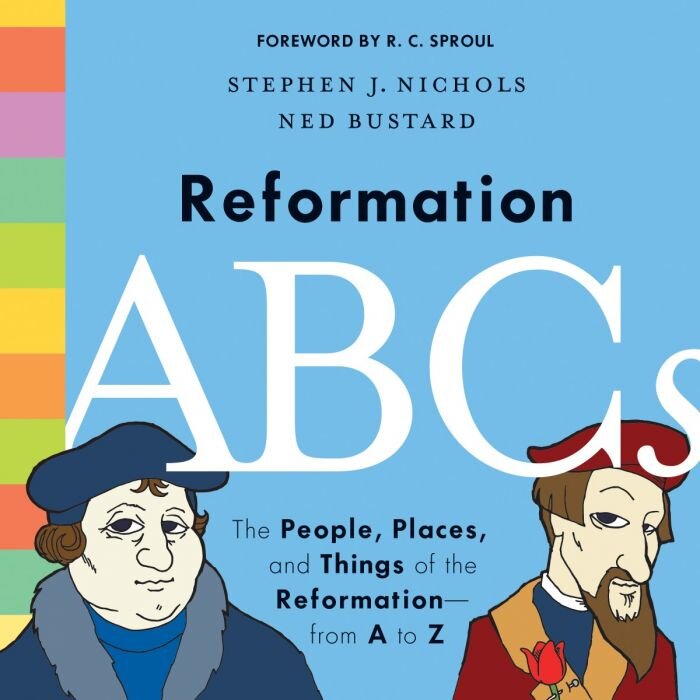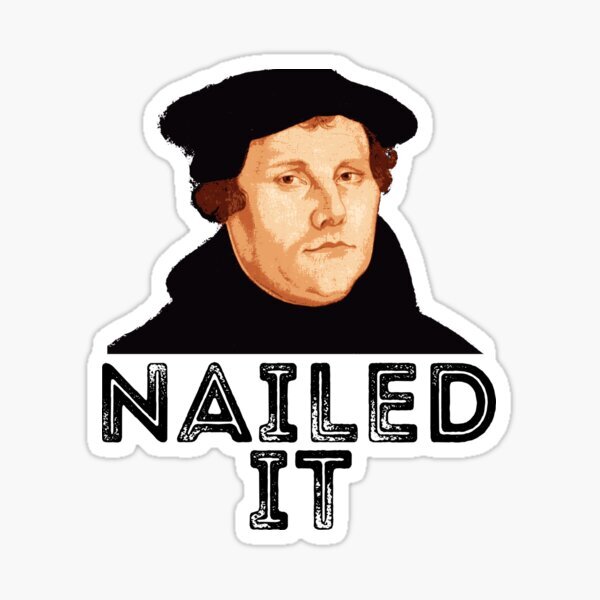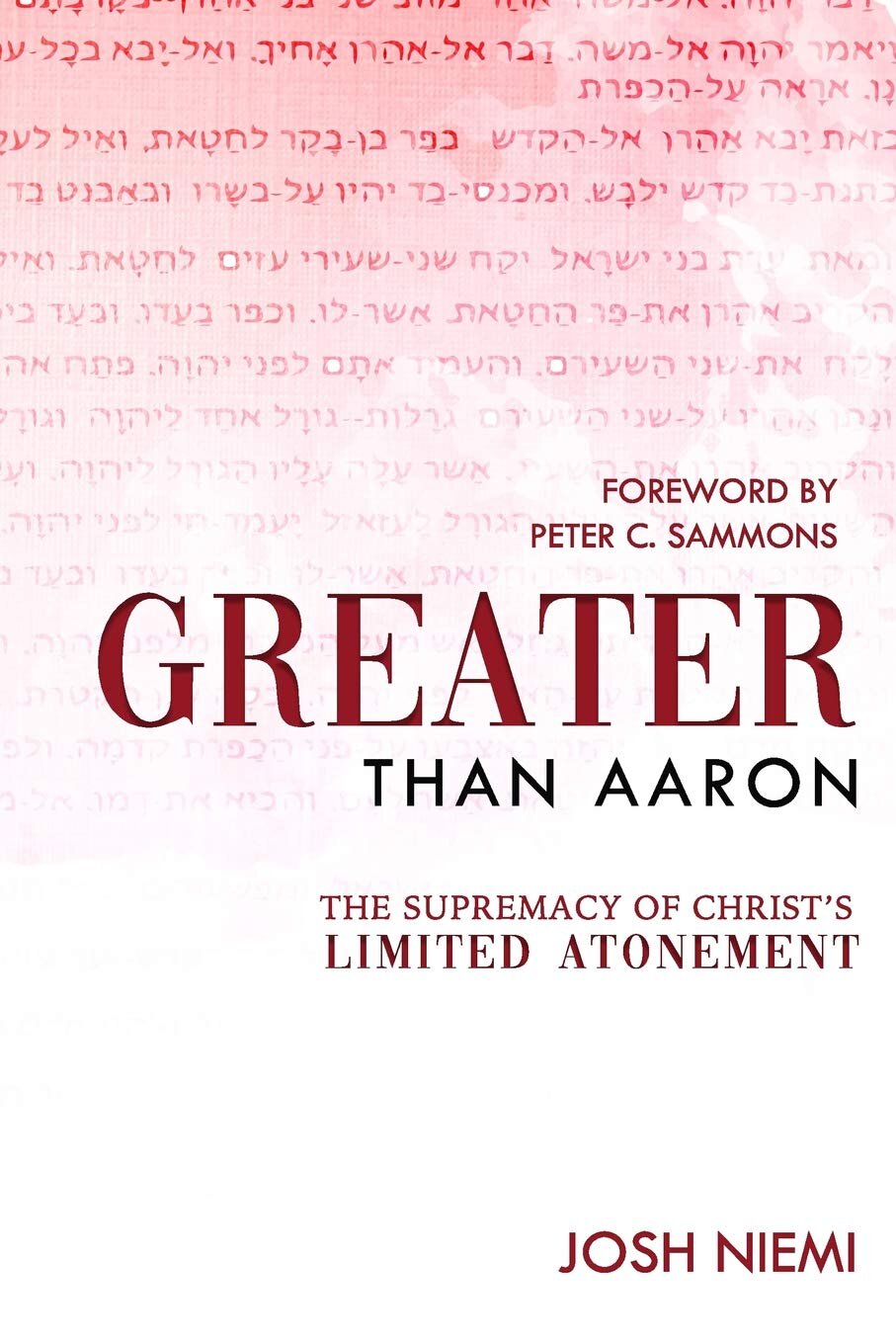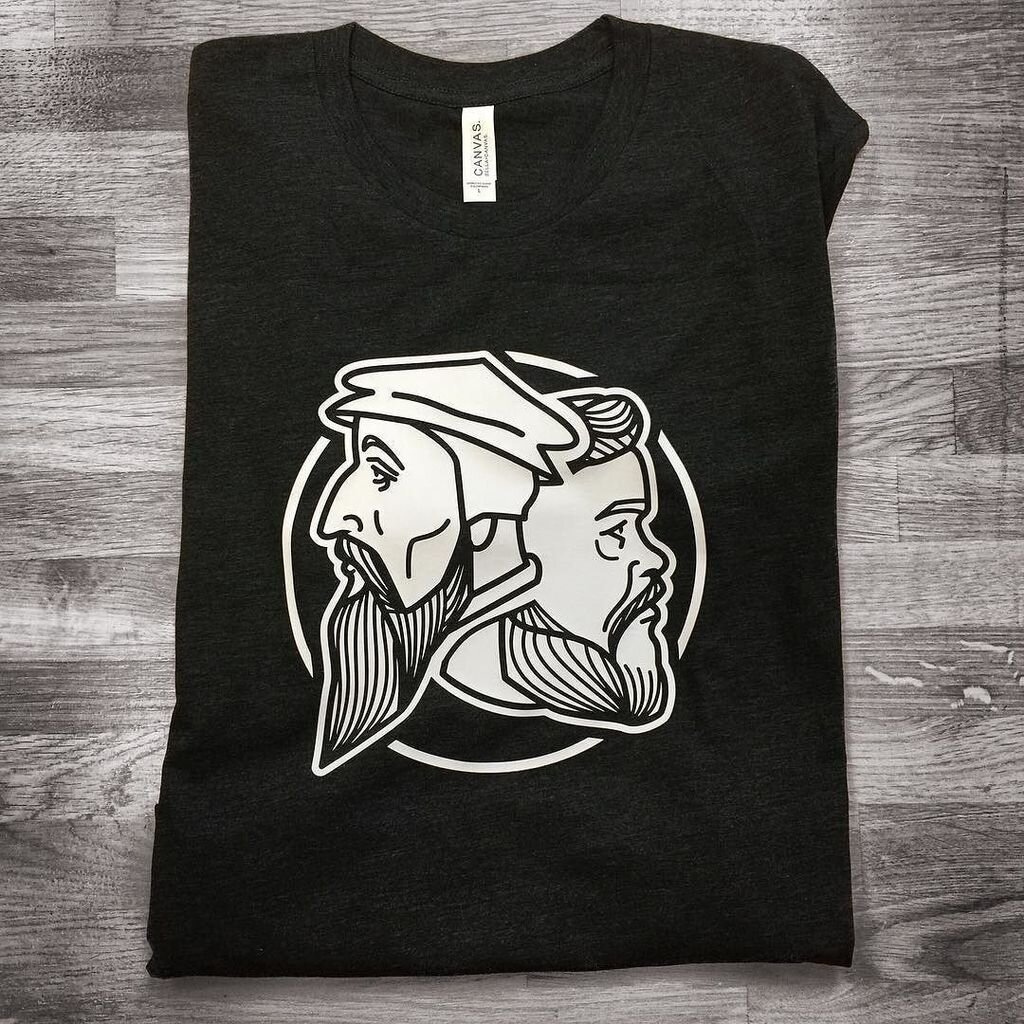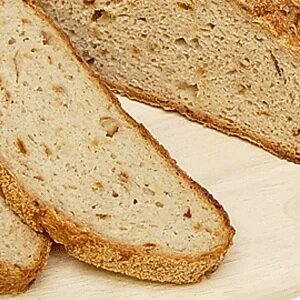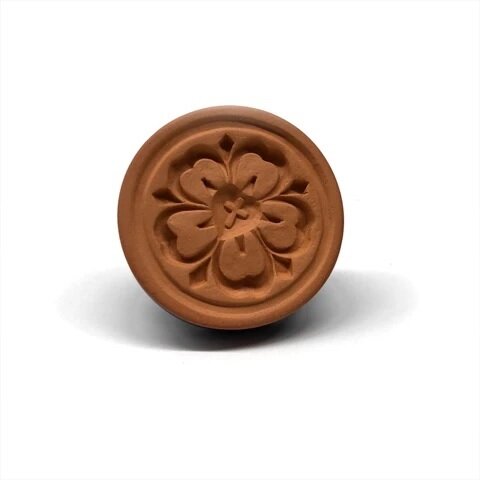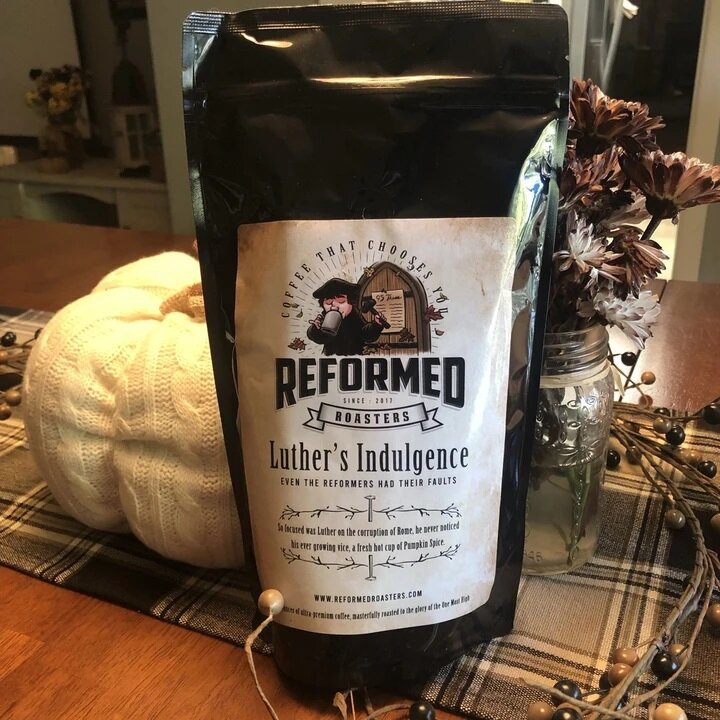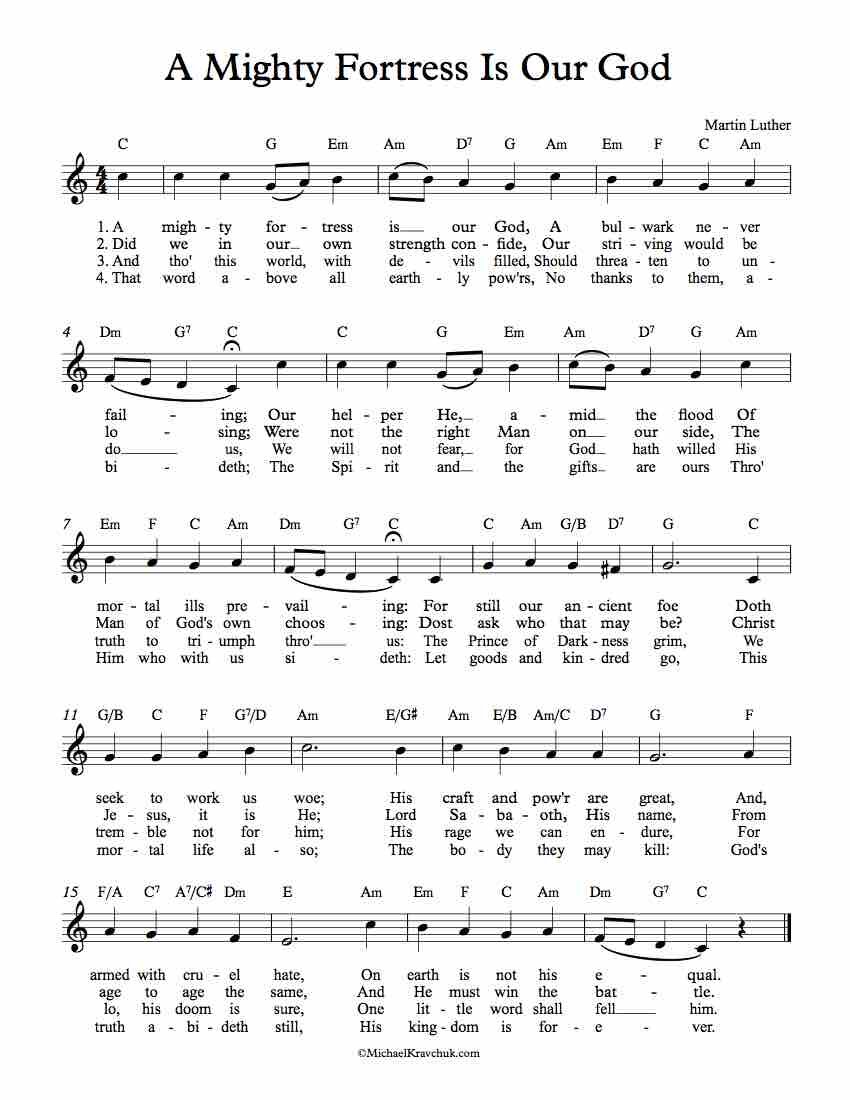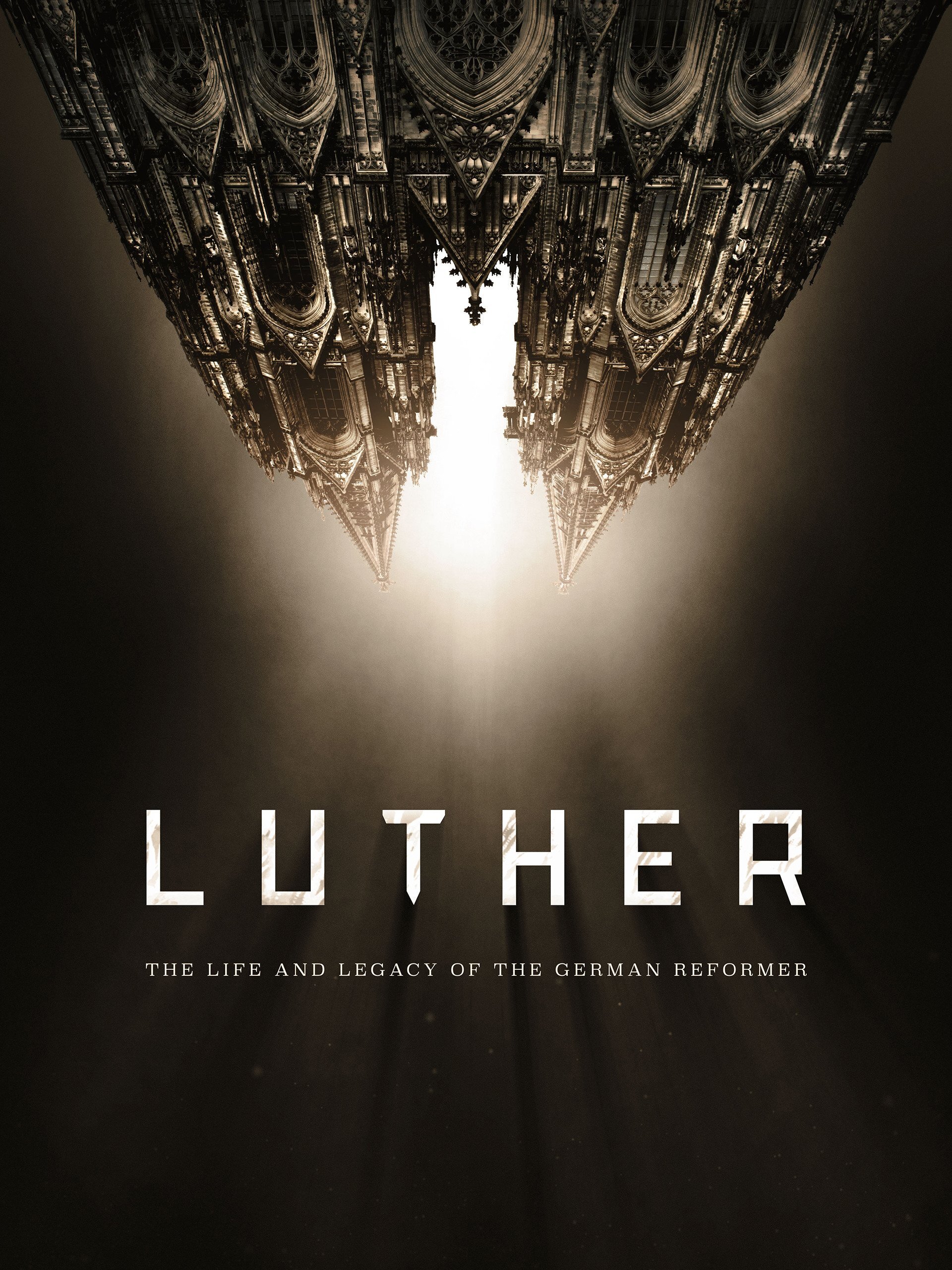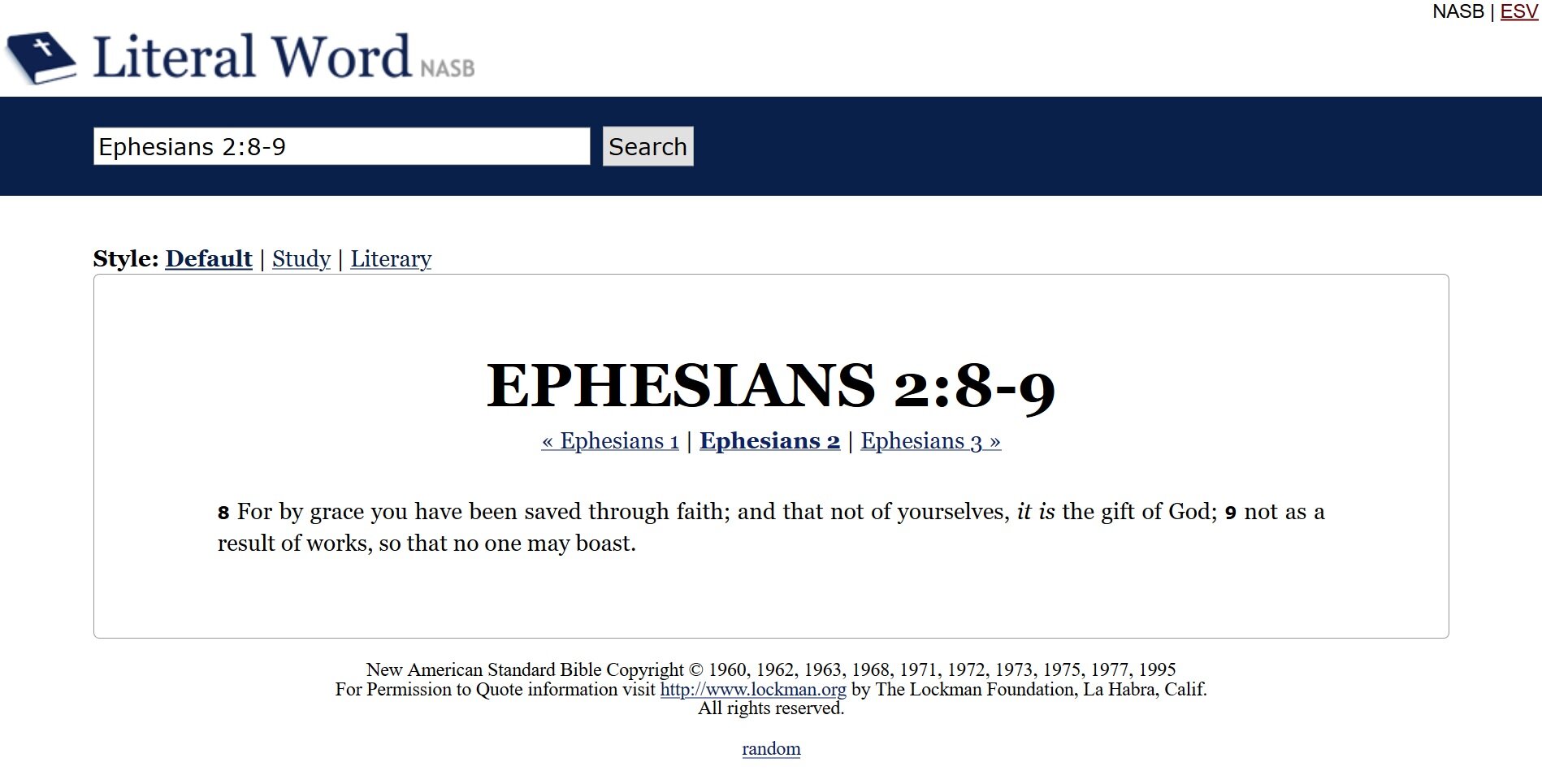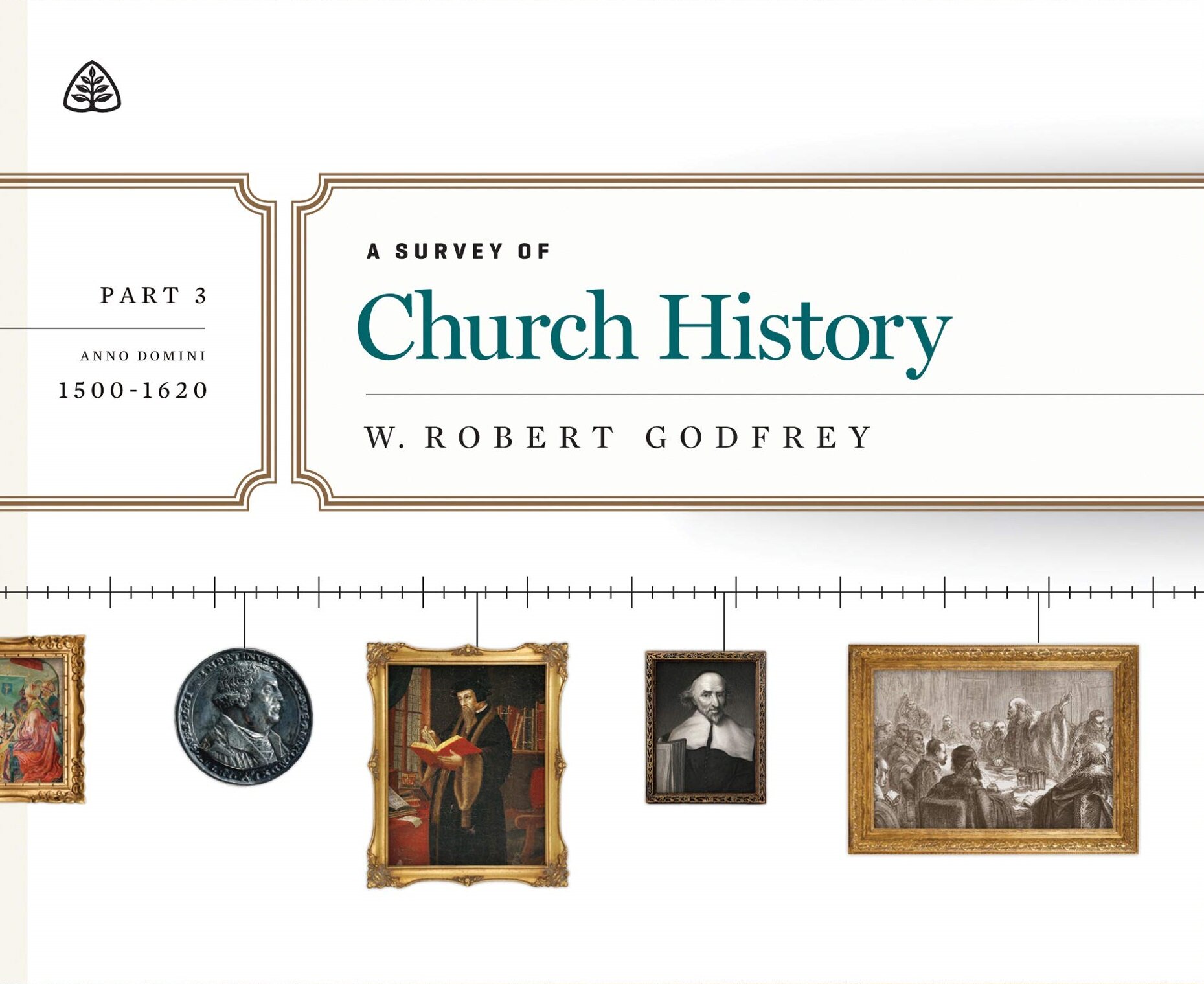How to Throw a Protestingly Good Reformation Day Party
When it comes to the Protestant Reformation, R.C. Sproul said the following:
The Scriptures make reference to what we could call a holy space or holy ground, but also sacred times—moments that define everything that would come after it. And when I think of Reformation Day, I think of that moment in history, and particularly in church history, when everything changed. This was the watershed movement—Luther’s writing the Ninety-Five Theses and tacking them up on the church door at the castle church in Wittenberg. And here we saw the recovery of the gospel. I enjoy celebrations. I enjoy birthdays, I enjoy the Fourth of the July, and I enjoy Thanksgiving Day. But these days all pale in significance compared to that day in history when the gospel was brought out of darkness and into the light with the Reformation.[1]
Based on a bold statement such as that, one would think that every true Christian would at least have a general understanding of the people, places, events, and—most importantly—doctrines of the Protestant Reformation. Sadly, such is not the case. In fact, it has been said (tongue-in-cheek) that for most believers, church history more or less begins with Billy Graham! The unfortunate reality is that most churches today provide very little instruction to their congregations in the area of church history or historical theology. Some view the past with suspicion, as if differences in eschatology or the administration of the ordinances were valid reasons to discard centuries of Christian thought. Others view church history as virtually unimportant, genuinely thinking—in ignorance—that their individualistic approach to the Bible is somehow entirely uninfluenced by the theological battles of yesteryear. Whatever the case may be, the effect is a generation of believers who have little knowledge, nor thankfulness, for the hand of God working in past centuries among His people to preserve the Gospel.
You have the opportunity to change that in the lives of your children, instilling in them a working knowledge of the meaning and importance of the Protestant Reformation. And one of the most enjoyable ways to begin introducing them to the Reformation is by hosting a Reformation Day party.
Celebrated on October 31st every year, Reformation Day looks back upon the posting of the 95 Theses by Martin Luther in 1517, an act which lit the match for the theological fumes that had been accumulating years prior. Thus, a Reformation Day party provides an opportunity to learn about, and remember, all that was recovered during the Protestant Reformation—via food, fellowship, and fun that will leave lasting memories for all involved.
Here are some ideas to help you pull it off.
Entry
Wherever you host the event, consider a couple of fun options at or near the entrance:
Wittenberg door prizes. Wherever you host the event, consider putting up a make-shift wooden board in the form of a door and allowing entering participants to nail a thesis to it. Have a list of each of the 95 Theses on separate slips of paper, and as each person enters they should select one, put their name on the back of it, and nail it to the door on their way in. At some point during the event, gather all the slips of paper and perform a drawing for door prizes.
Photo booth. Invite participants to come dressed in a costume of a favorite Bible person, a well-known Reformer, or generic Renaissance attire, and provide a fun backdrop to take pictures. You might also consider a winner for best dressed (especially anyone who gets a tonsure hair cut for the event!).
Media
There is seemingly no end to the quality media productions available for learning about the Reformation, and videos are a great way to communicate the truths of the Reformation to an entire group at once. Most media is available in disc copy and streaming version.
For younger participants, consider the following:
The Torchlighters’ video series. These are several great half-hour cartoon videos revolving around men like Martin Luther and William Tyndale. Coming in at roughly a half hour each, they get straight to the point, providing captivating animations to re-tell the historical events.
Five Solas Films. These charming films show adults re-enacting historical events in the lives of the Reformers, with one fun twist—the audio is dubbed over and narrated by “littles” (children).
The Barber Who Wanted to Pray. This hardcover book by R.C. Sproul is available in an audio version (either for purchase as a CD or free online), narrated by Sproul himself, making it a great resource to listen to while following along.
For older participants, consider the following:
Martin Luther movies. A couple of great options for a dramatic retelling of the life of Luther are the 1954 black-and-white classic Martin Luther and the 2003 independent epic drama Luther (note that the latter film is rated PG-13).
Documentaries. A number of recent documentaries provide incredibly captivating narration, sweeping videography (including landscape drone footage), and meaningful discussion of the historical events and doctrines surrounding the Reformation, including Luther: The Life and Legacy of the German Reformer, A Man Named Martin, Calvinist, and Knox.
Printing Press demonstration. This short video explains the technological wonder of the Gutenberg Press which allowed copies of Luther’s 95 Theses to multiply quickly.
Games
To bring competitive fun to the event, Reformation games fit the bill.
For younger participants, consider the following:
Pin the Thesis on the Wall. As a derivative of “Pin the Tail on the Donkey,” this game involves each participant grabbing either a slip of paper with an individual thesis, or a paper containing the entire 95 Theses, and trying to pin it, while blindfolded, on a picture of the Wittenberg church door.
Pin the Beard on the Reformer. Like the aforementioned game, this involves pinning a Reformers’ trademark beard on his picture.
Musical Reformers. As a variation of musical chairs, this game is set up by forming a large circle on the floor (or on chairs) with papers of the names of well-known Reformers (i.e. Luther, Calvin, Knox, Zwingli, etc). Players then walk around the circle, stepping from paper to paper until the music stops, at which point they race to find an empty spot.
Reformer Cake (or Candy) Walk. Put papers with names of well-known Reformers in a circle on the floor (like in the aforementioned game). Fill a container with slips of paper containing the same names. Players then slowly walk around on the names while music plays (such as A Mighty Fortress Is Our God), and when the music stops each player chooses a different name to stand on. One Reformer’s name is then drawn from the container, and the child on that name receives a cake or piece of candy.
Scripture Copy Race. As a way to recognize the labor required to preserve the words of Scripture prior to the invention of the printing press, this game involves all participants racing to copy a portion of Scripture by hand. For stricter rules, issue time penalties for every textual variant (misprint) produced by the participant!
Bobbing for Solas. Fill a tub or large container with floatable objects (such as rubber duckies) that are individually marked with one of the Five Solas (Sola Gratia, Sola Fide, Solus Christus, Sola Scriptura, Soli Deo Gloria) and have children take turns selecting one. The first to collect all Five Solas wins.
Bible Smugglers. This game reminds children that personal Bibles, translated in their own language, were once outlawed by the Roman Catholic Church. In this relay race, children are divided into two teams, and a stack of Bibles (or hymnals) is provided to each team. Each team selects one runner who puts on a pair of oversized adult pants (over top of their own pants). When the game starts, both teams works to stuff their runner’s oversized pants with all of their team’s Bibles. Once full, the runner races across the room and back to their team. The first runner back wins it for their team.
Diet of Worms. In honor of the Diet of Worms (actually pronounced like “Vorms”), but with a comical twist, have a relay race in which each person races to a plate stacked with gummy worms across the room, takes and eats a gummy worm from the plate, and returns to their team’s line once chewed and swallowed (be sure players are chewing thoroughly and carefully before swallowing!). Fill the plates so that each player can go multiple times. First team to complete their entire plate of worms wins!
Papal Bull Toss. Set up a trash can and place line markers at three different distances from the can. Players then toss lookalike paper letters from the Pope into the trash can from each distance. 1 point is awarded for each one made from the closest distance, 2 points for each from the second line, and 3 points for each made from the furthest distance. Most points wins!
For older participants, consider the following:
TULIP Bingo. As a derivative of classic “BINGO,” this game involves each participant setting up his or her own Bingo board by selecting verses (from the associated list) that support each of the 5 Points of Calvinism, using them as the squares on the Bingo grid. The Bingo caller then mixes all the verses together in a bowl and draws them out one by one, playing as a standard Bingo game.
Reformation Trivia. Compile a list of Reformation trivia questions and divide the group into teams to answer them. Using a live, web-based quiz dashboard makes the game more interactive by allowing each participant to use their phone or other device to connect and answer the questions, while viewing the results and scores in real-time.
“Here I Stand” Doctrinal Trivia. Compile a list that contains both biblical doctrines and Roman Catholic doctrines. Individuals are seated while a doctrine is read. After the doctrine is read, those who believe it is true (biblical) should stand up, and those who believe it is false (Roman Catholic) should remain seated.
Name That Reformer! Compile quotes from well-known Reformers and have the participants (either individually or in groups) guess which one said it.
Did Luther Really Say It? Known for being over-the-top at times, Martin Luther’s bombastic insults against his theological opponents provide hilarious fodder for a trivia game. To prepare for this game, the game host should compile a list of actual insults said by Luther and change or alter roughly half of them significantly enough so as to be his or her own made-up insult. Then divide into teams, have the host read (or display) the insults one at a time, giving teams the opportunity to guess whether or not Luther actually said it, and score points for correct guesses.
Crafts
For the more artistically-minded among your friends, family, and congregation, various Reformation crafts make for a great outlet.
For younger participants:
Reformer pumpkin carvings. Instead of carving a jack-o’-lantern, try your hand at making a Reformation pumpkin.
Coloring pages. Get associated with the Reformation by coloring pictures of Luther, Calvin, Knox, Tyndale, Luther’s Rose, and the 95 Theses.
Feather pen writing. Pick up some feathers at your local craft store, dip the ends in paint, and write out the Five Solas or a Bible verse by hand as a great reminder of life before the printing press.
Parchment scrolls. To recreate the look of aged scrolls, get a piece of paper, tear the edges and crumple it up, smooth it back out and lay it flat on a screen rack, pour coffee or other dark beverage over it and allow it to dry. Then write a message on it, roll it up, and tie a cord or ribbon around it.
Lego build. Use Legos or other toy building blocks to re-create a Reformation scene, such as Luther posting of the 95 Theses, Luther burning the papal bulls, Knox throwing the image of Mary into the sea, or Calvin preaching in Geneva.
Paper play. Color and cut out the figures from this Reformation paper play to re-enact situations from Luther’s life as a Reformer.
Prizes
Not only are prizes a great way to add intensity to competition, but they can be used to get edifying resources into the hands of those involved.
For younger participants, consider the following:
Books. A number of great books help young children get acquainted with the Reformers and Reformed theology, including The Barber Who Wanted to Pray, Reformation ABCs: The People, Places, and Things of the Reformation―from A to Z, The Ology: Ancient Truths Ever New, and the Little Lights biography series.
Stickers. Nothing says “Protestant” more than a well-placed Reformation sticker.
For older participants, consider the following:
Books. For in-depth study of Reformed doctrine, I would recommend something like Faith Alone or Are We Together? A Protestant Analyzes Roman Catholicism, both by R.C. Sproul. Of course, a book list would not be complete without recommending The Bondage of the Will by Martin Luther and Institutes of the Christian Religion by John Calvin. Finally, I would also humbly suggest a book I’ve written entitled, Greater Than Aaron: The Supremacy of Christ’s Limited Atonement that explains and exalts the glorious doctrine of Limited Atonement.
Study Bibles. The John MacArthur Study Bible and the Reformation Study Bible are two noteworthy selections.
Gospel tracts. Promote evangelistic zeal by leaving participants with a pack of tracts to take with them for witnessing efforts later.
T-shirts. There is seemingly no end to the number of options for Reformed gear. Missional Wear, Reformed Sage, and Reformed Gear have large selection, as well as all kinds of other swag.
Food
No party is complete without food. In addition to the usual candy and other treats you might provide, also consider the following Reformation fare:
Luther Bread. Or known in German as Lutherbrodt, this “round, sweet, milk bread” filled with nuts, oranges, and honey, and topped with chocolate shavings and sugar glaze was reportedly created by Katherine von Bora, Luther’s wife.
Butter biscuits. Also known as butterkeks, these pre-packaged cookies, produced in Wittenberg, come complete with an imprint of the Luther rose.
Tulip cookies. Nothing beats sugar mixed with sound doctrine. Shape the cookie batter into the form of a tulip flower, and use it as an opportunity to eat the doctrines of grace. Other Reformation cookies can be made a Luther’s rose mold.
Hammer treats. Insert a pretzel stick into a marshmallow, dip the marshmallow in melted chocolate, and remember the nailing of the 95 Thesis with a sweet and salty treat.
Renaissance food. Find a quality recipe and try your hand at baked, grilled, or smoked turkey (or chicken) legs. Add corn on the cob and bread rolls for the sides, and require everyone to eat without utensils.
Reformed coffee. Adults may enjoy washing down their dessert of choice with a brewed cup of “Luther’s Indulgence,” “Puritan Perk,” or “Leap for Joy” coffee, among other selections.
Instruction
Finally, of course, one of the most important aspects of Reformation Day is to explain the good news of salvation by grace alone, through faith alone, in Christ alone, according to Scripture alone, for the glory of God alone. Whether at the beginning of the party, or the end, it is vitally important to explain why the Reformation is worth celebrating. When it comes to planning, don’t get so caught up in the details that you forget the doctrine. In fact, the great irony is that without instruction, the glamour of a Reformation Day party ends up resembling precisely the pomp and circumstance of Roman Catholicism that the Reformers loathed! In the average church building of Luther’s day, the pulpit was set to the side in favor of the altar at the center, sermons were short homilies in Latin (a language unknown to the populace), and the superstitious ceremonialism of the Mass was given preeminence.[2] The entire event was an uninformative, ritualistic spectacle without any meaningful teaching from the Bible. Thus, it would be a self-contradiction for us to celebrate the Reformed enlightenment of God’s Word without actually explaining God’s Word.
Beyond any teaching that might accompany the aforementioned events and activities, consider these ways to provide an educational element for your party:
Hymns. Gather everyone around—hymnals in hand—for an enthusiastic singing of A Mighty Fortress Is Our God (the “Battle Hymn of the Reformation”). Follow it up with In Christ Alone.
Teach Psalm 46. Teach through Psalm 46 and explain its significance not only contextually for Old Testament saints, but historically in the life of Luther as he used it for the basis of his famous hymn.
Scripture reading. Read verses in Scripture that were instrumental during the Protestant Reformation, such as Romans 1:17, Romans 3:28, Romans 5:1, Ephesians 2:8-9, 1 Timothy 2:5, 2 Timothy 3:16-17, and briefly explain their theological and historical significance.
Study guides. Ligonier has a number of great resources, complete with study guides for viewers, such as A Survey of Church History, Part 3 by Dr. Robert Godfrey and the documentary Luther: The Life and Legacy of the German Reformer by Stephen McCaskell.
As it often the case, less is more when it comes to throwing a Reformation Day party (especially if it’s your first!). Don’t stress about getting everything set up perfectly; just plan a few activities, provide some food, and enjoy the company of others who are committed to the wonderful truths recovered by the Protestant Reformation. Laugh. Sing. Dance. Shout. Play. Whether you host a small party with your family at home, a large party with your congregation at church, or something in between, I trust that you’ll be able to pull together some ideas to create an event that will not only edify and encourage them, but will also bring them back every year for an exciting annual event. May God use your efforts to raise up another generation of men and women who will stand for the Gospel.
Soli Deo Gloria!
References:
[1] https://www.ligonier.org/podcasts/5-minutes-in-church-history-with-stephen-nichols/happy-reformation-day
[2] Ibid., 26-27.


